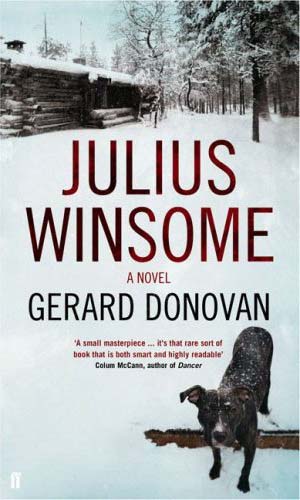Follett’s most recent novel, Fall of Giants is the first part of a trilogy about the 20th century. My Norwegian edition (thank you Maria at Cappelen Damm for giving it to me! Above is the beautiful Norwegian cover) is a proper brick and has more than 900 pages, which can seem intimidating to some readers. A friend in South Africa referred to the book as my weapon – and he wasn’t speaking metaphorically! Despite being so extensive, Follett never becomes boring or uninteresting. This is a novel packed with detail and historical information, but it is always the characters that are at the centre of the story and which makes it an absolutely great read.
Follett is truly a master storyteller. He manages to connect characters from Britain, Germany, Russia and America without the reader ever losing touch. You stay intrigued and interested in these authentic and complex characters, and I came to truly care about many of them. From the happy-go-lucky Russian Lev Pesjkov who can’t seem to keep himself out of trouble, to the Christ-seeing mine worker Billy who follows in his father’s revolutionary shoes, Follett is always manipulating how the reader views them. He also mixes real historical figures with his fictional characters, as well as mixing real places with fictional places like he did in World Without End and The Pillars of the Earth.
The novel is a great historical work. We follow the events leading up to the outbreak of the first world war and the developments in some of the countries involved, focused of course through the characters we follow. Friends from Eton, Lord Fitzherbert and Walter von Ulrich find themselves literally facing each other on the battle field. Friends become enemies, and enemies become friends. All the young men are sent into a seemingly endless war, and casualties rise as the months pass into years on the battlefields of France. At the same time, our friend in Russia, Grigorij Pesjkov, finds himself in the middle of the Russian revolution, and he joins the Bolsheviks in his quest for a better future. Women in Britain are demanding that their voices be heard through getting the right to vote, and there is a power struggle between the Houses of Parliament. And in Germany the emperor abdicates once it becomes clear that Germany has lost the war. It is truly a fall of giants.
In the middle of all the politics and warfare, people fall in love, have babies outside of wedlock, deceive each other and fight to make their own way in the world. Maud Fitzherbert (sister of Lord Fitzherbert) and Ethel Williams (a miner’s daughter) are an unlikely alliance in the fight for women’s rights and for the war to end, but they work well together. American Gus Dewar might be awkward with women, but when it comes to politics he is sharp as steel. The war really brings out the best in some people (and the worst in others). And as a proper romantic, there are some truly great love stories in here.
I could go on about Fall of Giants at length, but it is actually better to read and enjoy for oneself. This is truly a grand story of love, war, hate, fear, classes, sacrifice. Like a good story should, it has “everything”. And there are some truly awesome word duels and confrontations that are just thrilling to read. One thing is for sure. I cannot WAIT for the second installation of the century trilogy. I know writing a piece of this extent must take years, but I hope I don’t have to wait too long. I really want to know the fate of Billy, Ethel, Maud, Fitz, Walter, Gus, Grigorij and Lev (and their kids, who will probably fight in the second world war…).











 Sør-Afrika er jo mitt andre hjem, og jeg elsker
Sør-Afrika er jo mitt andre hjem, og jeg elsker















